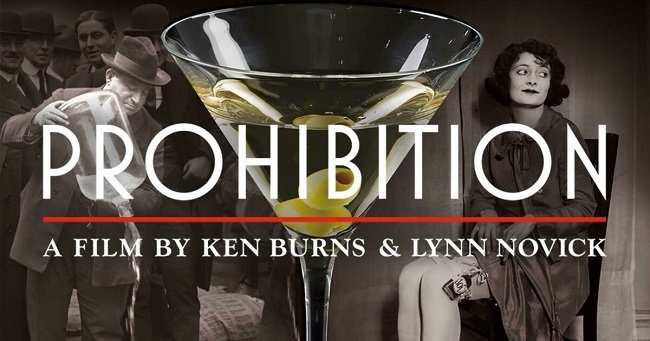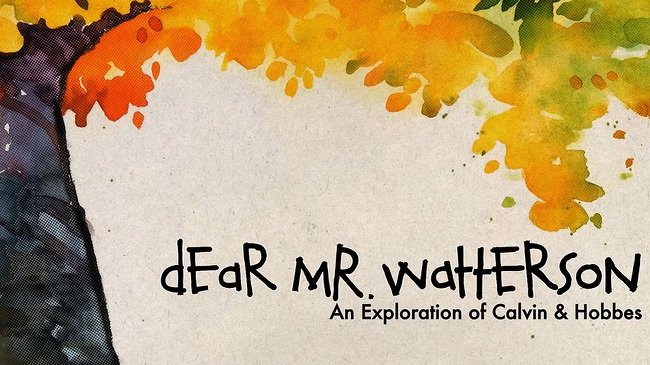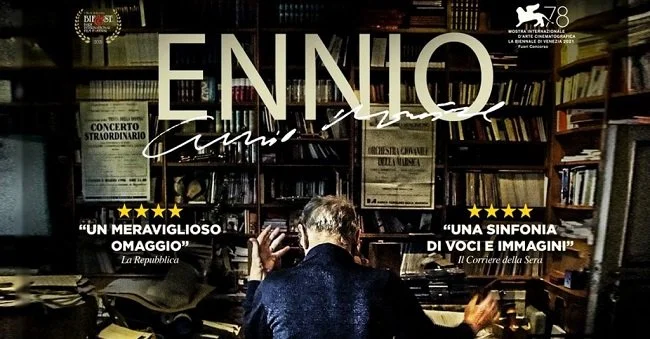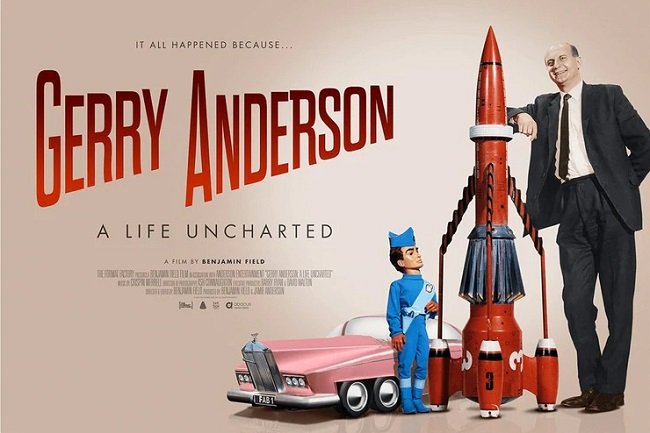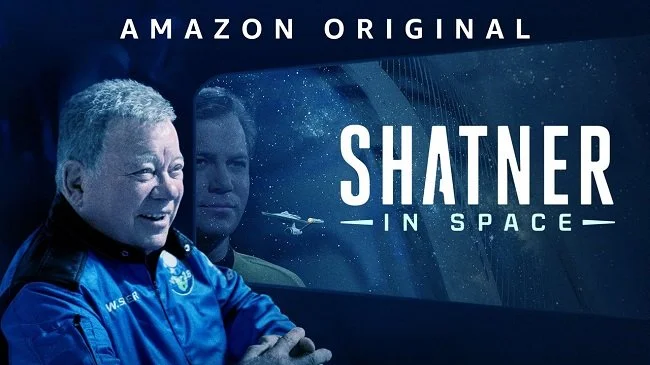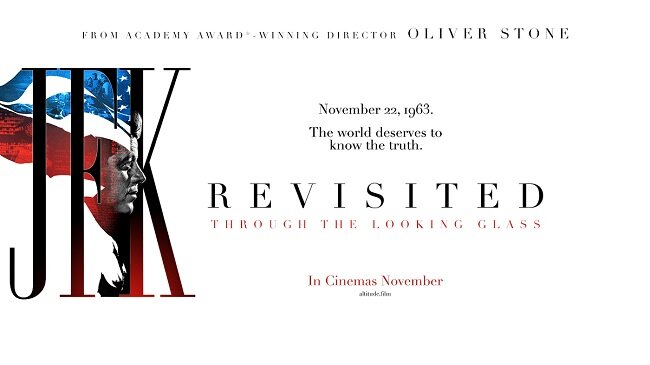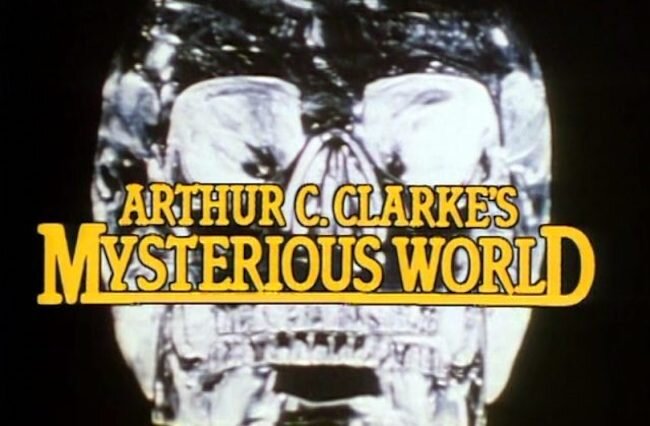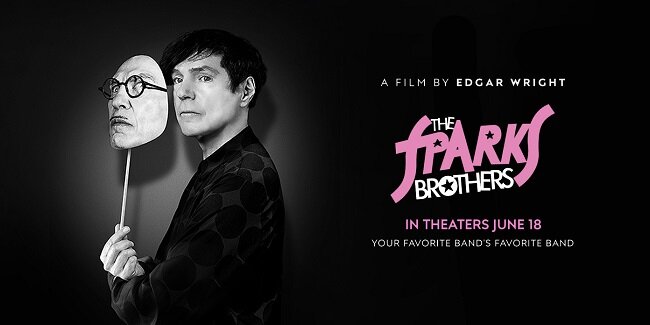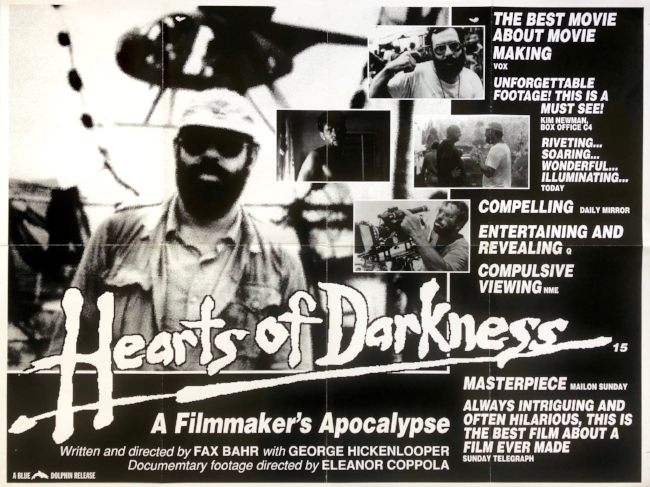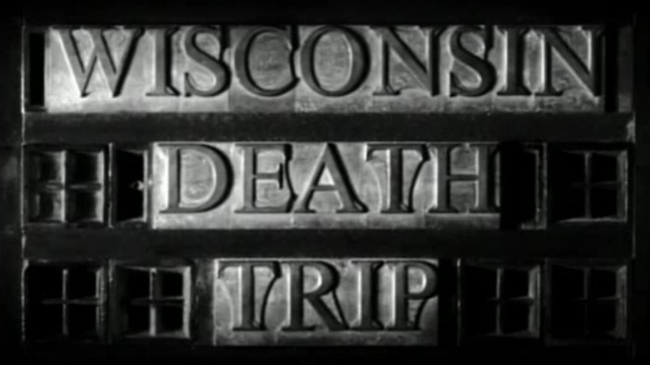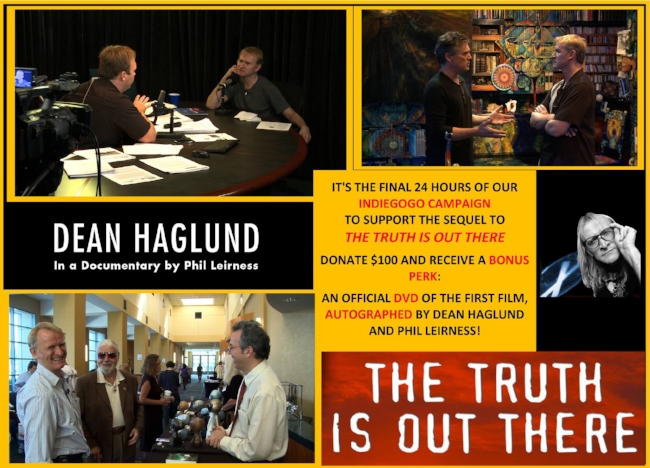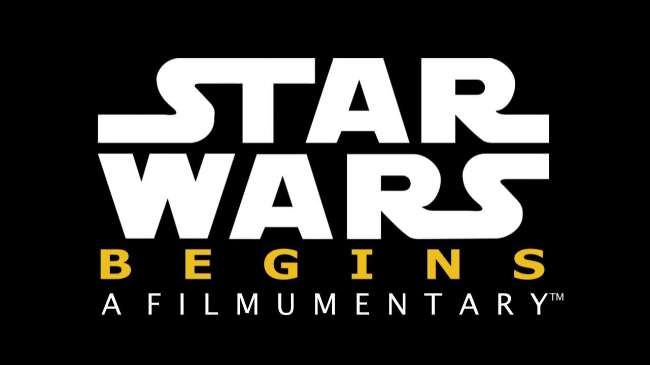Hearts of Darkness: A Filmmaker's Apocalypse (1991)
There was a time when film making was seen as an artistic endeavour and the idea of the auteur director pursuing a vision was considered a romantic and even noble undertaking. Big multi-million-dollar productions were welcomed when they filmed on location, providing work and glamour to the local population. The might of the dollar would often grease the wheels of industry, making the impossible possible. Egos were massaged, and actors were indulged and treated like minor deities. Huge sets would appear in the middle of nowhere, like Victorian follies and luxury items would be flown around the world to placate the capricious nature of the various Hollywood stars. Money would flow like water, much to the dismay of the producers, sitting back in the offices in the US or Europe. But this era has now past. Big budget movies are still made but it is now driven by corporate accounting and artistic vision is no longer a primary consideration. It is now a rather soulless business process. Hence a movie such as Apocalypse Now would never be made today in the same manner that it was back in 1976 when the production started.
Hearts of Darkness: A Filmmaker's Apocalypse is one of the best “movies about the making of a movie” ever made. It provides not only a window into them making of one of the most important movies of the seventies but also offers a snapshot of a kind of film making that simply doesn’t exist anymore. After several years of pre-production writer/director Francis Ford Coppola arrived in the Philippines in 1976 and quickly found himself drowning in the logistical, political and human aspects of this mammoth project. He asked his wife Eleannor to document the process which she dutifully did, filming events on and off set and recording conversations with her husband as the production started to spiral out of control. Hearts of Darkness: A Filmmaker's Apocalypse shows all this and more, in broad chronological order over the period of the extended location shoot. As for all the stories surrounding the “troubled” production of Apocalypse Now, they’re all broadly true. To catalogue them is somewhat redundant as it fails to adequately convey they’re true significance or magnitude. But to watch them happening first hand is utterly astounding.
Two of aspects of the production of Apocalypse Now that really stand out are the complex logistical requirements and human management. This was a big budget movie made in the days before computer effects. Therefore, the action scenes where shot on location and for real. A shot requiring a napalm strike in the treeline would subsequently feature a low fly-by by a jet plane and then tons of gasoline exploded by the effects crew, all flawlessly timed. Another scene featuring the crew exploring the jungle and encountering a tiger again would be undertaken with a live tiger and a handler. If the script required an ageing temple set in the jungle, then one would simply be built by local labour. Despite a typhoon destroying multiple sets early on in the production, the moment the weather nominally abated, then the crew were out filming, incorporating the extreme conditions into the narrative. And then there was the entire issue of the cast and their “personal journeys”. To reflect the reality of a soldier’s life in Vietnam, drugs were freely used among the production crew and actors. And presiding over this chaos was Coppola himself. Eleannor Coppola wrote of his experience “The film Francis is making is a metaphor for a journey into self. He has made that journey and is still making it. It's scary to watch someone you love go into the centre of himself and confront his fears, fear of failure, fear of death, fear of going insane. You have to fail a little, die a little, go insane a little, to come out the other side. The process is not over for Francis”.
But perhaps the most significant obstacle to challenge the production was its very own star, Marlon Brando. The seventies were a decade in which the “Hollywood Star” was still a revered, cultural icon. I cannot think of a circumstance nowadays in which a lead artist would be allowed to inconvenience an entire film production so much, while being indulged and cossetted. Brando’s intransigence and hubris were monumental, and he arrived on set late into the production with little or no preparation for the role. His continual questioning and debating the script verged upon gas lighting and his utter indifference to the rest of the cast was a major impediment. It is much to Coppola’s credit that he allowed the actor to eventually just extemporise around certain plot elements and from the hours of footage shot, collate such a powerful performance. When the production finally ended after sixteen months, it took a further year for the director to assemble a workable print of the movie. Half of the original script, written by John Milius, was re-written by Coppola himself and post production required the return of many cast members to re-record new lines and the framing narration.
If one has no knowledge of film history, it would be reasonable to assume after watching the documentary Hearts of Darkness: A Filmmaker's Apocalypse, that the resultant film, Apocalypse Now, was an absolute disaster both critically and financially. However, that was not the case and the movie is now hailed as a “haunting, hallucinatory Vietnam war epic” and “cinema at its most audacious and visionary”. Certainly, the entire production and associated apocrypha surrounding the film can be seen as a metaphor to the entire Vietnam War in itself. As for Hearts of Darkness: A Filmmaker's Apocalypse it is an invaluable exploration of film making process of the times. It not only catalogues but appears testifies to the notion that creating art is a painful and extremely difficult process. Yet the key to success is to stay true to your artistic vision, whatever the cost. Whether you agree with such concepts is up to you to decide. Is Hearts of Darkness: A Filmmaker's Apocalypse showing us the struggles of an auteur director or simply recording the runaway indulgences of an ego maniac? Either way it is an incredible and utterly fascinating documentary to watch.


